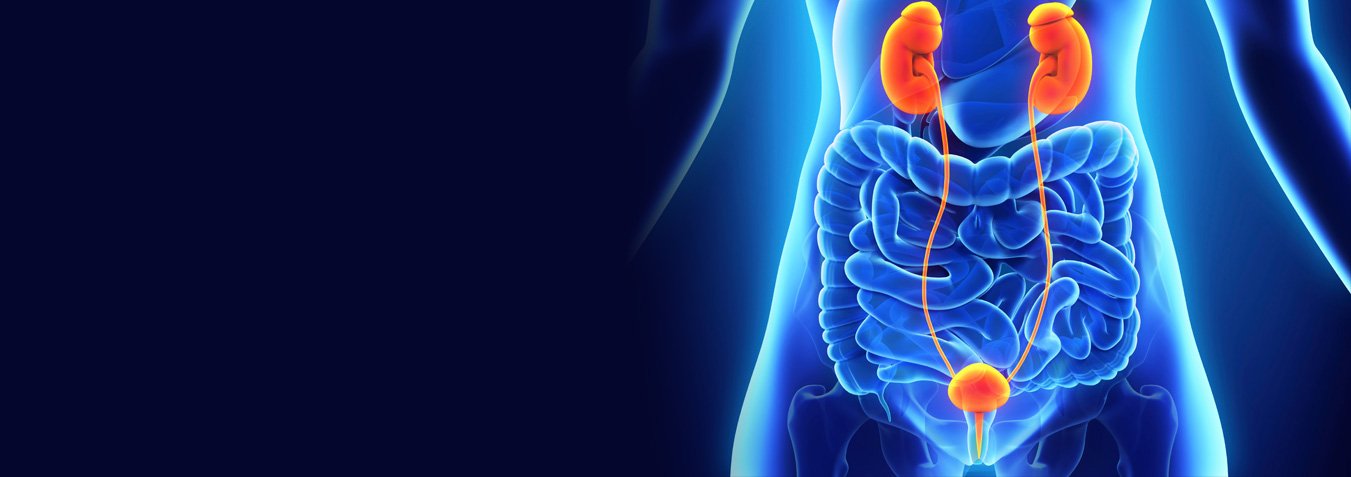
TURP:what is it?
Transurethral resection of the prostate (TURP) is the surgical removal of part of the prostate gland. It is one option available to relieve the symptoms of an enlarged prostate or other benign (non-cancerous) prostate disease. It is by far the most common of the surgical procedures used for a benign prostate disease.
PROSTATE GLAND
The prostate is a small gland that is part of the male reproductive system. It helps with making semen.It is found only in males and is located at the bladder opening in to the urethra The urethra is the tube that goes from the bladder, through the prostate gland, to the outside of the body. It is used to pass urine and seminal fluid.
PROSTATE Gland relatedPROBLEMS
The three main problems that occur in the prostate include:
- Inflammation (Acute or Chronic Prostatitis)
- Non-cancerous enlargement of the prostate gland. This is also called benign prostatic hyperplasia (BPH)
- Cancer of the prostate: It is one of the commonest cancer reported in males and is found usually in 5th to 6th Decade of life.
- Prostatic Abscess:It is an uncommon problem usually reported in males suffering from Diabetes mellitus.
SIZE AND BLOCKAGE OF THE URETHRA
If the enlargement prostate gland(BPH) causes obstruction of the urethra during urination, this will irritate the bladder and cause urinary symptoms.
Urinary symptoms may include one or more of the symptoms:
- problems with starting urination(Hesitancy)
- reduced flow
- frequent urination, particularly at night(Nocturia)
- urgency and possible urgency incontinence
- passing drops of urine involuntarily after you think you’ve finished
- blood in the urine – although this can never be assumed to be due to the prostate until other causes have been excluded.
- Sensation of incomplete emptying of bladder after passing urine
- Straining while passing urine
- Intermittent passage of urine
The actual size of the prostate does not appear to determine whether or not there is a blockage. Some men with large prostates
never develop obstruction, but some men with small prostates can have severe bladder obstruction, which causes difficulty with urinating.
TURP Procedure
TURP is sometimes referred to as a ‘re-bore’. It involves inserting a slender instrument(Resectoscope) through the urethra
into the bladder. Only the middle part of the prostate (Glandular tissue) is removed to allow you to pass urine more easily. TURP is used most often
for non-cancerous blockage, but may also be used in some cases of prostate cancer. The average hospital stay is three to four days.
While surgery can improve symptoms dramatically, TURP can have significant unwanted side effects. You should discuss the pros and
cons of both medical management and surgery with your doctor before you make a decision.
COMPLICATIONS OF TURP
Complications of TURP may include:
- Bleeding after the operation – this reduces over time and usually stops. before the patient is discharged from the hospital.
- Retrograde ejaculation – most men are able to have erections and orgasms after surgery to treat an enlarged prostate. However, they do
ejaculate and the semen goes back into the bladder because the bladder neck is removed along with prostatic tissue. This causes the
ejaculate to collect with urine and passes out in the next urination.
- Retrograde ejaculation – most men are able to have erections and orgasms after surgery to treat an enlarged prostate. However, they do
ejaculate and the semen goes back into the bladder because the bladder neck is removed along with prostatic tissue. This causes the
ejaculate to collect with urine and passes out in the next urination.